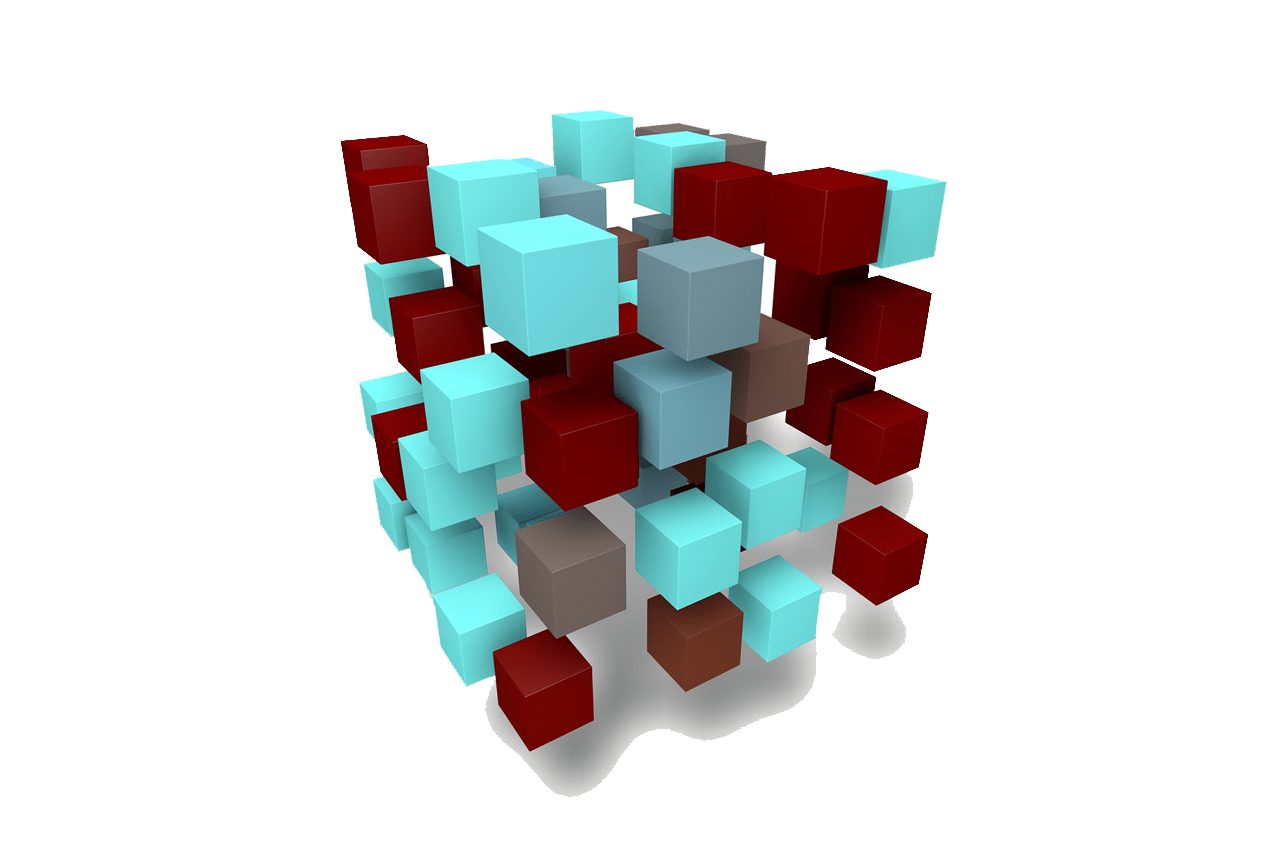Projects require many different activities, therefore the organizational structure should not be rigid, but efficient, flexible and possibly innovative.
Every organization is structured in some way and this structure is determined by the goals of the organization.
The way an organization is structured provides a standard for operating processes and routines. Furthermore, it determines who participates in what, and which project tools are the best to use for each task.
The matrix organizational structure is often used in project management because it speaks of both the final product and the function of the management that produces it. Previously, we had talked about the organizational structures of the project, today we will try to deepen the topic analyzing precisely the matrix organizational structure of a project.
So let’s take a closer look at this type of organizational structure by determining its pros and cons in project management.
TABLE OF CONTENT
What is the matrix organizational structure?
The matrix organizational structure was born as a business response to the increase of large-scale projects.
At the time, accelerated technological applications and the ability to process large amounts of data efficiently were required.
An organizational structure that would allow rapid response to interdisciplinary needs, without messing up the functional organizational structures already in place was needed.
Matrix organizational structures have been developed for the first time in the aerospace industry in the United States.
Until then, a single hierarchical organization had been used, which was good only in the case of very large projects.
However, with the increase of projects of various sizes and complexities, there was a need to find a new solution. A matrix of projects was therefore developed.
[av_notification title=” color=’green’ border=” custom_bg=’#444444′ custom_font=’#ffffff’ size=’large’ icon_select=’no’ icon=’ue800′ font=’entypo-fontello’ av_uid=’av-vcw90h’]
The matrix organizational structure is a combination of two or more types of organizational structures.
[/av_notification]
The matrix organization and the two command chains
Matrix organization is the structure that unites these other organizational structures to give them balance. Usually, there are two chains of command, in which the members of the project team have two leaders or managers.
Often, one manager manages functional activities and the other is a more traditional project manager.
These roles are fluid, since the balance of power between these two types of managers is not rigidly defined.
The best of the two structures and of the two management styles will be used to empower the strengths and limit the weaknesses.
A matrix structure within an organization uses inter-functional teams composed of people specialized in various disciplines who support a common project.
This differs from the traditional hierarchical organizational structure because:
- Various skills are mixed into a single team
- Teams work together only for the duration of a project
- Members of the team come and go when needed to support the project
The matrix organizational structure usually exists in large, multi-project organizations. Employees are considered shared resources between projects.

The pros of a matrix organizational structure
A matrix organizational structure is not a valid solution in every case.
There are advantages and disadvantages that must be understood and analyzed to know if it is the right model for a particular organization. Let’s start to see the pros:
- Highly qualified and capable resources can be shared between functional units and projects. This allows more open lines of communication that help to share valuable knowledge within the organization.
- The matrix structure is more dynamic than the functional structure. In fact, it allows employees to communicate more easily across borders, creating a pleasant and collaborative work environment.
- Employees can expand their skills and knowledge areas by participating in different types of projects. The matrix structure provides a good environment for professionals that can learn and grow their experiences, skills and, consequently, careers.
- Employees are very competent in functional departments and project teams can get these highly qualified employees whenever their services are needed. This creates a pool of valuable resources that can be used in a flexible way in order to solve problems without having to create new resources.
- Employees tend to be loyal to the organization because there is a sense of job security. Therefore, the efficiency of a matrix organization is higher
The cons of a matrix organizational structure
Obviously, there are not only advantages in a matrix organizational structure. Let’s see below which are the cons:
- Employees may refer to two managers, which can be confusing and could cause conflicts. This usually happens in a balanced matrix organization where both leaders have equal authority and power.
- A conflict may arise between the project manager and the functional manager regarding the distribution of authority and power.
- Employees can be confused about their role and responsibilities if the priorities are not clearly defined. This can happen especially when they are assigned a different or even contrary task to what they were doing.
- There could be competition to use resources in case of a scarce resource. This can cause hostility within the workplace and may affect operations.
- It is generally believed that matrix organizations have more managers than necessary, which increases overall costs.
- The workload tends to be high in a matrix organization. Employees must do their “regular” job together with the additional work related to a project, which can exhaust them.
- A matrix structure is expensive to maintain. Organizations must pay extra to maintain resources because not all resources will be occupied at all times. Some resources are needed only for a short duration.
Matrix organizational structure: conclusions
The matrix organizational structure is a response to the problem of managing large and complex projects.
When working on a large project, a highly hierarchical structure can be an obstacle.
Instead of trying to find an alternative solution to a situation that may not have a viable solution, a matrix organizational structure provides a new system that can address better the complexities of large projects.
The matrix organizational structure is more democratic as it acts as if there were not one better way to organize a project. He sees alternatives and different approaches rather than one way forward.
A matrix structure is suitable for large organizations operating in a dynamic environment and requiring a rapid response to market demand.
Although a matrix organization can present a challenge, a project manager can experience great feedback by having a strong team work.
Furthermore, when dealing with projects of very high size and complexity, a matrix organizational structure can be an advantage, but only if the project manager and the team are equipped with valid project management tools.




